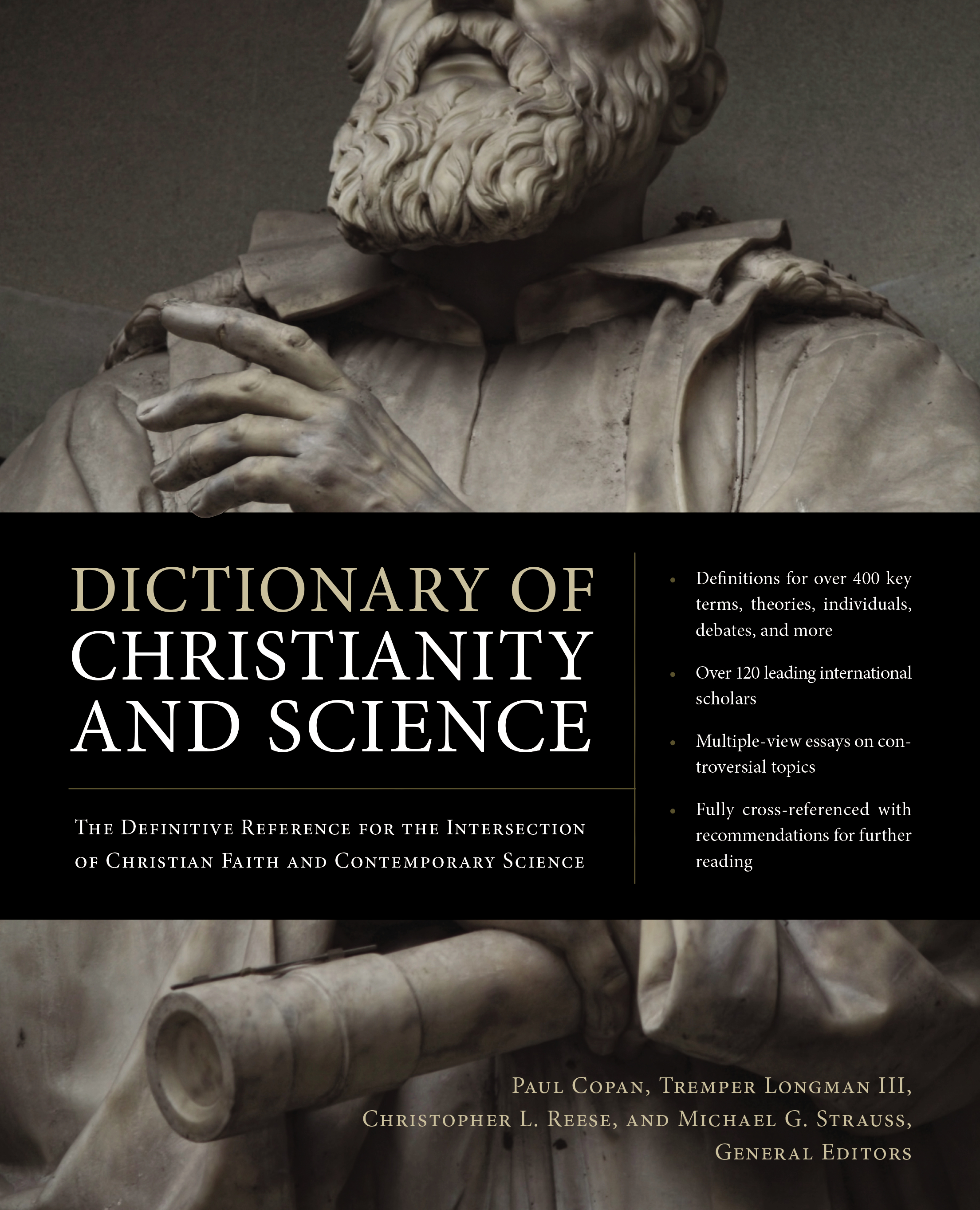I am privileged to be one of the general editors of the upcoming Dictionary of Christianity and Science (Zondervan, April 2017). Paul Copan, Tremper Longman, Michael Strauss, and I–along with our excellent team at Zondervan–have endeavored to create a reference work that tackles the most important terms, concepts, people, and debates at the intersection of Christianity and science, from an evangelical perspective. Over the next few weeks I’ll be featuring sneak-preview excerpts from the Dictionary, available exclusively here at the CAA blog.
With Easter arriving in a couple of weeks, it’s inevitable that many popular media outlets will publish articles and air programs that challenge orthodox Christian beliefs. Some of these come in the form of skepticism of miracles, such as Jesus’ resurrection, and miracles are typically juxtaposed with science. It’s claimed there’s a tension between miracles and science–how can we be reasonable and rational, and yet believe that laws of nature can be suspended? But does the scientific method, or the findings of any given scientific discipline, provide reasons for rejecting miracles? As Craig Keener argues in his entry on miracles in the Dictionary of Christianity and Science, the answer is no. As part of a longer article, Keener addresses the relationship between science and miracles, excerpted below. Attempts to defeat miracles with science, he observes, rely on faulty philosophical assumptions, which are often misconstrued as “scientific” reasoning.
Science and Miracles
The interests of science and theistic faith overlap, but their questions often differ (see Polkinghorne 1994, 1998). Verifying a person’s impairments or lack thereof is within the purview of science; explaining cures requires interpretation, but interpretations will be complete only to the extent that the discipline’s methods permit. For example, we might correctly describe a page in terms of the chemical composition of paper and ink, but the hands, the brain, the mind, and the social setting of the author reflect different levels of causation, all appropriate matters of study in their own spheres. Different orders of language may be necessary for different spheres (cf. Ramsey 1964, 23 – 26).
The question of miracles’ possibility as miracles is not one of science but one of philosophy (of science and religion). Anomalous events occur (cf. Krippner and Achterberg 2000; McClenon 1994), but frameworks control their interpretation. Theists, for example, normally deem them miracles only in theistic contexts. Critics normally resist evidence that cannot fit reigning paradigms until paradigm shifts occur (see, e.g., Kuhn 1970, 64 – 65, 107, 133, 169; Polanyi 1962, 138). Thus some scholars report fear of expressing faith or of publishing anomalies (cf. Ecklund 2010, 43 – 45; Matthews with Clark 1998, 58; Nichols 2002, 707). Although many scientists are Christians, hostility toward religion, often grounded in misinformation, appears disproportionately among scientists in some elite universities (Ecklund 2010).
Even when sufficient medical documentation demonstrates anomalous cures in theistic contexts, some reject its value without controlled studies. Controlled studies, however, look for predictable patterns, requiring the deity to participate as an actor in the study. Most forms of theism, however, view God as a personal agent, rendering problematic the sorts of predictions expected in such studies (cf. Polkinghorne and Beale 2009, 29; Ward 1985, 137; 2002, 746 – 47). The actions of personal agents, whether human or (a fortiori) divine, are not predictable in the same way chemical reactions are. Moreover, controlled studies cannot control for prayer outside the study. Worse, they are both difficult and unattempted in the settings (new evangelism contexts) where miracles are by far most often reported. (For other issues, see Brown 2012, 87 – 98.)
Because replicability and natural explanations are important in scientific publications, anomalies such as miracles are rarely published in such settings (Llewellyn 2008, 253). Yet different necessary disciplines require different epistemic approaches. Events in history, for example, are not, strictly speaking, replicable; nor are most events treated by journalism or law. Whereas most sciences rightly deal with basic natural phenomena that can be replicated by experiments or regular observation, replicability cannot be an epistemic criterion for unique events in history (Copleston 1972, 43 – 44; Gorsuch 2008, 284 – 85; Polkinghorne 2007, 34 – 35; Ward 2002, 744 – 47). Science observes patterns of regularity; history must give greater attention to particularities (Popper 1961, 143). Granted, one may often compare events with analogous kinds of events. Claiming that miracles do not meet this criterion, however, is possible only if one a priori dismisses all the other claims in the same category, that is, all other miracle claims (Swinburne 1970, 33 – 51).
Thus the typical scientific epistemology, while rightly indispensable in its sphere, cannot fully circumscribe the boundaries of experience. Indeed, an exclusively empirical epistemology is logically self-defeating. Hume admitted that he did not live by his strict epistemology outside his philosophic work (Taylor 1927, 24 – 25), and no one, including empiricists, evaluates all personal communications from trusted sources by demanding replicability.
**Due to its length, I have omitted the References and Recommended Reading section that contains the bibliography.
Taken from Dictionary of Christianity and Science by Paul Copan, Tremper Longman III, Christopher L. Reese, and Michael G. Strauss, General Editors. Copyright © 2017 by Paul Copan, Tremper Longman III, Christopher L. Reese, Michael G. Strauss. Used by permission of Zondervan. www.zondervan.com.
Pre-order the Dictionary of Christianity and Science and, for a limited time, receive $140 of bonus content.
